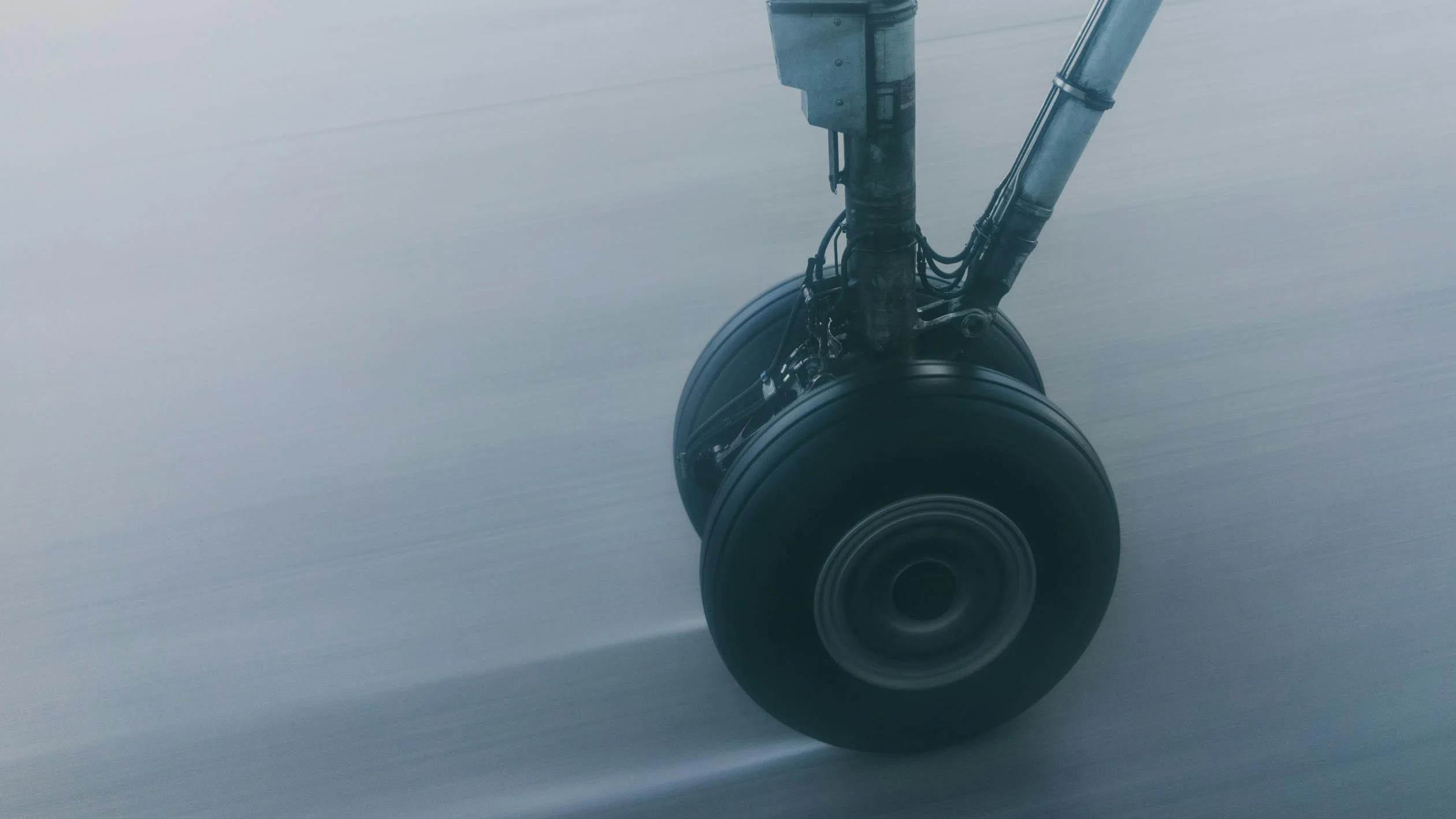
Proper aircraft ground handling requires specialized equipment designed to address the unique challenges of maneuvering these sophisticated machines. The ground handling phase represents a critical period where aircraft face significant damage risks without proper equipment and protocols.
This article explores several essential tools that support secure and efficient aircraft ground handling.
A purpose-built aircraft tug is a specialized vehicle engineered specifically for safely moving and maneuvering aircraft within confined spaces like hangars and ramps. These essential pieces of ground support equipment deliver precise, controlled power that allows operators to transport aircraft securely at the ideal speed. Modern electric tugs have become increasingly popular due to their superior speed control capabilities and zero-emission operation. The absence of exhaust fumes makes them particularly well-suited for use in enclosed hangar environments where ventilation is a key concern. Their clean electric power eliminates air quality issues that traditional fuel-powered tugs can create in indoor spaces while still providing the robust pushing and pulling power needed for aircraft handling.
Model-specific head attachments on specialized towbars provide correct nose gear connection, therefore preventing stress damage to steering systems. Shock-absorbing elements of the towbar guard against unexpected loads that can compromise landing gear components. Larger tugs' hydraulic systems give the significant torque needed to move heavier aircraft while preserving exact control over acceleration and braking power. By removing the connection restrictions of conventional towbar systems, power-assisted towbarless tugs directly engaging with aircraft wheels have transformed handling operations for bigger commercial aircraft.
Operations involving aircraft jacking demand specialist tools made especially for use in aviation. With model-specific adapters, hydraulic tripod jacks guarantee correct contact with specified aircraft jacking points, therefore preventing structural damage from inappropriate lifting. Mechanical locks, pressure relief valves, and lowering control systems, among other multi-stage safety mechanisms, offer backup protection during repair. While keeping safe working clearances, axle jacks with expanded reach enable access to landing gear components.
Ground support equipment rules demand frequent load testing and certification to guarantee jack capacity ratings stay current over their service life. Digital synchronization systems for multi-point jacking operations guarantee aircraft remain level during lifting operations, therefore avoiding torsional strains on airframe construction. Correct jack pad adapters disperse lifting forces over designed contact areas, therefore preventing point-loading damage to aircraft structures during long periods of operation.
Because of their weight, complexity, and safety factors, aircraft wheels and brake components provide special handling difficulties. While keeping exact control all through the removal process, hydraulic wheel removal tools offer the mechanical advantage required to break torque on over-tightened axle nuts. Wheel dollies with changing height settings help to ensure correct alignment during installation, therefore avoiding cross-threading of important parts. During maintenance, brake removal systems help the heavy weight of multi-disk brake assemblies be supported, therefore preventing damage to hydraulic lines and temperature sensors.
Specialized torque multipliers guarantee correct torque application on wheel nuts without exceeding specification limitations that can cause distortion or cracking. High-visibility features and appropriate weight ratings on wheel chocks stop inadvertent aircraft movement during repair. These specialist tools safeguard valuable components from handling damage and improve safety and efficiency during important wheel and brake maintenance activities.
Ground handling preservation of aircraft exterior surfaces calls for specific protective measures intended for aviation use. High-visibility marker wingtip covers help to prevent hangar rash in limited areas during positioning operations. Custom-fit engine inlet and exhaust covers both visually show protected status and shield important components from foreign object debris. Pitot tube covers with remove-before-flight streamers guarantee removal before flight operations and helps to prevent moisture intake and insect breeding.
Aviation-approved materials used in properly built protection systems won't damage painted surfaces or leave adhesive residue. With thorough tracking systems guaranteeing total removal before the flight, landing gear safety pin kits physically prevent unintended gear retraction during repair. When compared to the possible repair expenses from insufficient surface protection during ground handling operations, these protection devices are a modest outlay.
Coordinated aircraft movement in crowded ground conditions still depends critically on effective communication. Even with background noise from surrounding aircraft operations, wireless headset solutions allow clear communication between tug operators and wing walkers. When night operations call for clear visual direction, LED wand signals offer it when conventional hand signals might not be seen. Before flight operations, electronic wheel weight scales confirm aircraft weight and balance, therefore assuring that tug capacity stays suitable for the particular aircraft design.
When handling aircraft in close quarters with little clearance, handheld distance measurement instruments offer exact positional data. Portable windsocks provide a quick visual clue of shifting wind conditions that could influence aircraft position. These communications and guiding instruments improve situational awareness during important ground handling operations, therefore avoiding misunderstandings that can cause aircraft damage or human casualties during intricate positioning movements in dynamic airport surroundings.
Aviation ground handling operations rely heavily on the specialized equipment mentioned above. With proper equipment and staff education, ground handling procedures can achieve high standards of safety and expertise.